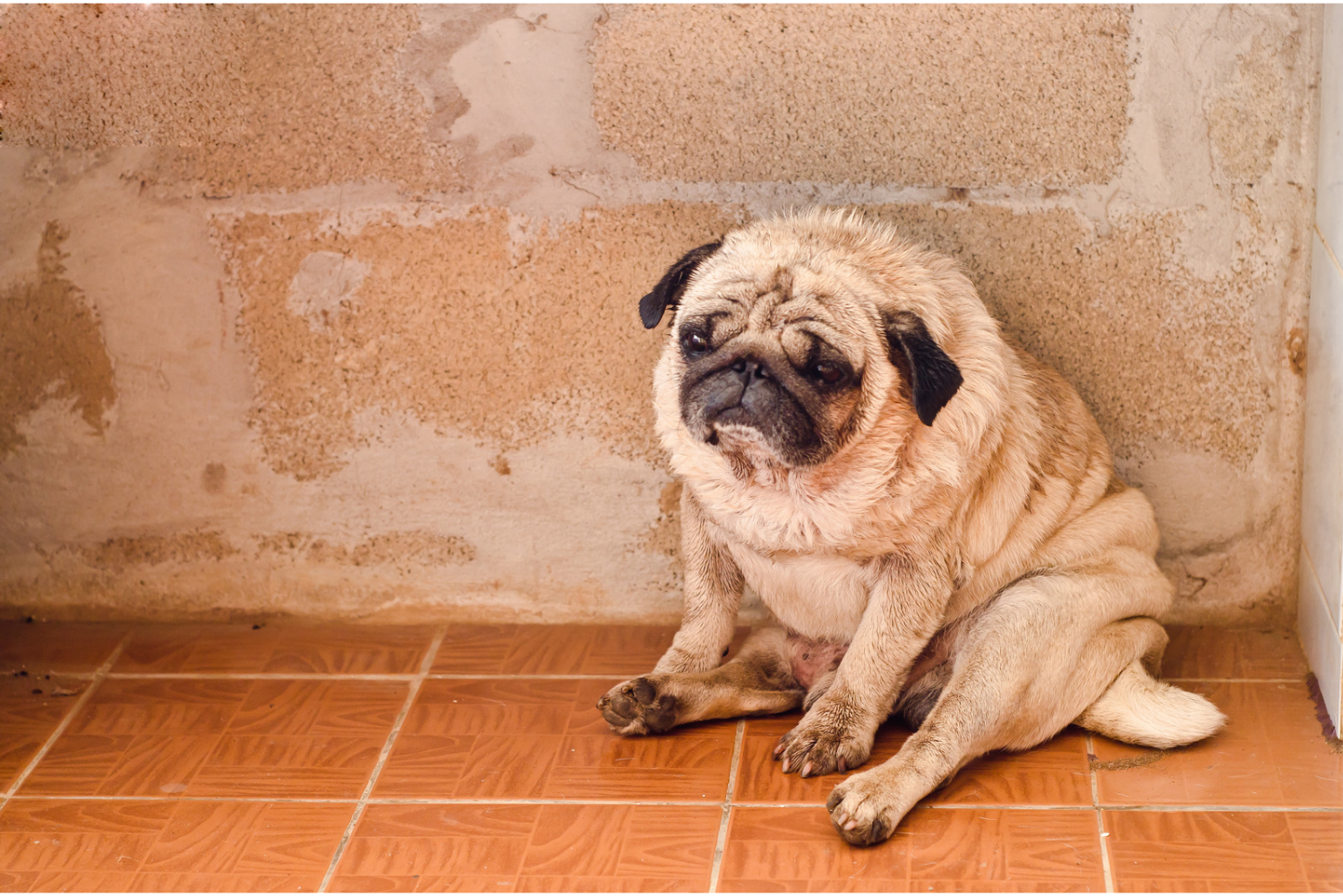Our little dogs become the center of our universe, and if you have ever had a dog, you would know that dogs love routine and a change in routine can really trigger the behavioral changes. Similarly, changing houses or moving can have an adverse impact on the dogs since they depend on a well-built routine.
Truth be told, your dog isn’t going to jump with happiness when you introduce it to the new digs but you can make the move easier for them. So, with this article, we will explore how moving impacts dogs!
Confusion and Fear
Moving to a new space can be freaking for the dogs as everything changes in a second. Ranging from their cozy spot by the heater to their potty spot, everything is gone, and now, he has to spend his time in a new and strange place. In simpler words, the dogs get confused regarding what to expect at a certain time. As a result, it causes separation anxiety and will say no to staying alone.
So, it’s recommended that you take its things as it helps with the transition (yes, we are talking about the beds and toys). In fact, it’s best to set up his things before you take him to a new place, so the first impression is “home.”
Disorientation
It’s common for a dog to become uncomfortable and disoriented in a new place. For instance, his nose will start picking up new aromas and he won’t recognize walking the streets. So, if your new place is near the current home, it’s better to take him for a few walks to make him accustomed to the new streets – it will help reduce the intimidation.
Lifestyle Adjustment
In case you are moving to a new home with another person and there will be new pets, this adjustment will be challenging for the dog. This is because the dog is accustomed to a specific routine and won’t be open to the idea of sharing his pet owner with anyone – the territorial behavior will be on. Having said that, if you want to reduce the territorial fights to a minimum, you need to introduce your dog to the new pet a few times in the park. As a result, they won’t be strangers when they put them together in a new place.
Are There Any Exceptions?
In some cases, moving doesn’t impact the dogs much. It’s evident that a dog thrives on predictability and consistency while a new environment disarms a few dogs. However, there are instances when the dogs don’t show any negative response to moving as long as the social groups and routine remain the same. So, it’s best to keep the same routine.
Steps To Follow Before The Moving Day
To prepare the dog for a move, it’s recommended to take a few steps, such as;
-
Be Careful About The Basics
Remember that basic obedience is essential for the dogs and it will make a significant difference during a move. For instance, you need to ensure that the dog sits, stays, comes, and heels on your commands to make sure he doesn’t move around in anxiety or goes beyond control. In simpler words, it’s all about having verbal control over the dog to regulate the behavior and keep the aggressive behavior under control.
-
Microchips & ID Tags
Before you move to a new place, make sure that the dog has been chipped and that the microchip registry has your contact number. In addition, make sure that your dog is wearing the ID tag with his name and your contact number (add a mobile phone number!).
-
Understand The Laws & Requirements
It can be extremely challenging to move houses with pets but an international move is a different process. This is because if you are moving beyond borders, it’s essential to check the local laws and you can check the official country’s website to gain information about the overseas move. Moreover, you must check the local laws regarding off-leash areas, leash requirements, and breed-specific rules. Also, don’t forget to get the vaccinations updated.
-
Show Him The Tape & Boxes
If your dog shows negative behavior whenever you take out the packing stuff, such as suitcases, it means that they remember the old times when you would pack the bags and leave them behind. Honestly, it can be easy to hide the tapes and boxes to keep their suspicions under control but it will only create a bigger surprise for them.
For this reason, it’s recommended that you pack the boxes and tape them in front of them, and if they show some behavioral changes, it’s recommended that you calm them down or give them their favorite treat. Once you are done with the packing, your dog will be accustomed to the packing process, making it easier for when you to move to a new place.
The Moving Day
Here comes the elephant of the room!
When it’s finally the moving day and you’ve to take your dog along, follow the below-mentioned steps;
-
Reduce The Food Intake
First of all, reduce the food intake of the dog on a moving day to reduce the chances of motion sickness. It is all about keeping your dog away from the pressure of pooping. Also, when you reach the new home, reduce the serving size and increase it gradually because motion sickness extends after traveling as well.
-
Keep Your Calm
If you are sensing that the dog is stressed about moving, it will be challenging for you to keep calm and remain collected during this big shift. However, even if you are feeling anxious, it’s important to pull up an act and don’t outburst in front of the dog.
-
Settle Them
Once you reach the new space, you need to settle them as soon as possible. For instance, put up his bed and favorite kiln to make sure they have a place to lounge around. In addition, give them their favorite toys and some treats.
The Bottom Line
Dogs are amazing but moving can be hard for them. So, consider your dog’s feelings and needs while moving. So, start the move preparation in front of the dog and start preparing the dog by taking him on the walks in the to-be-neighborhood. These tips will transform the anxiety-inducing and traumatic move experience into a comfortable experience.






Leave a Comment